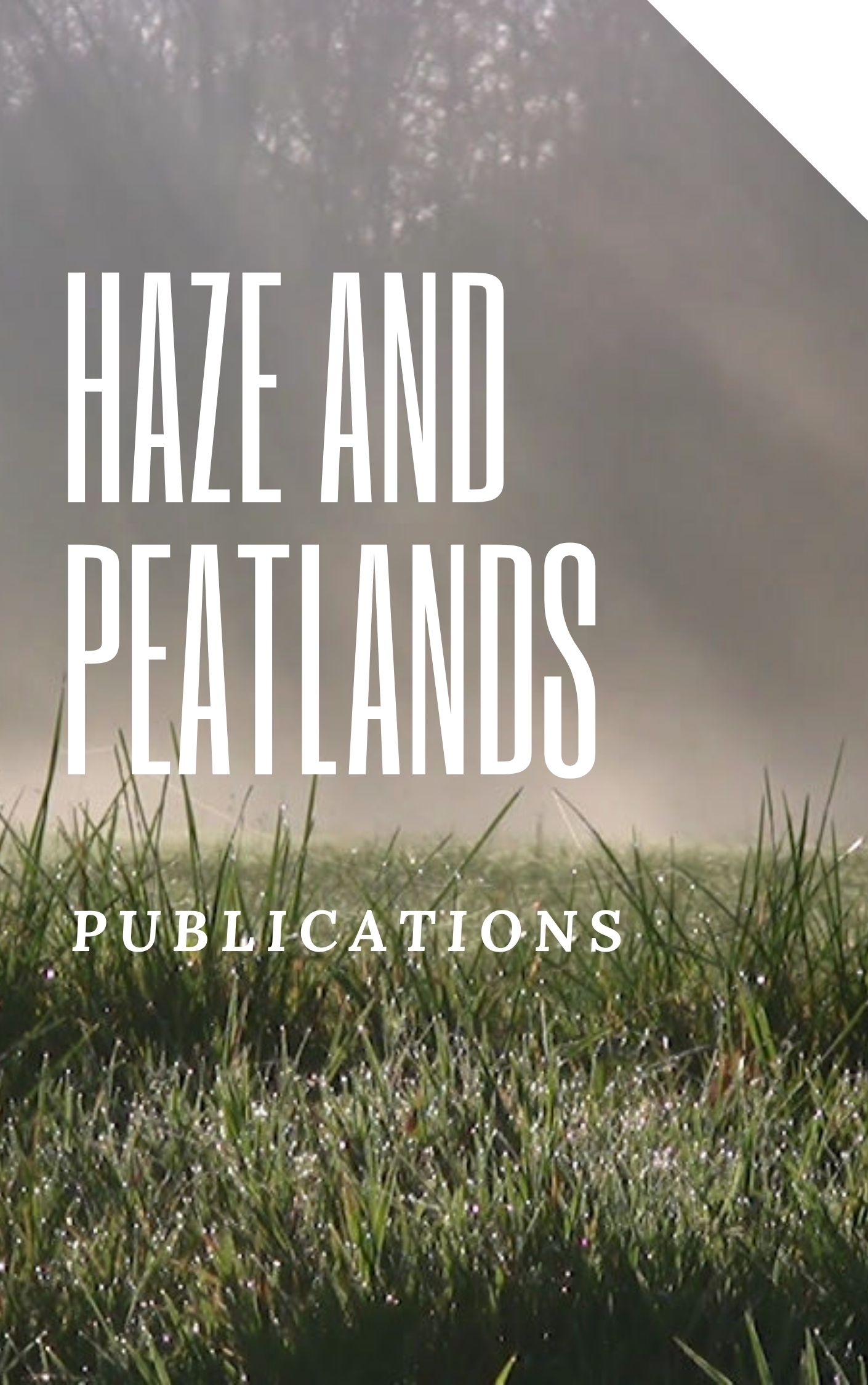Environmental variations have been observed to influence bacterial community composition, thereby impacting biological activities in the soil. Together, the information on bacterial functional groups in Phatthalung sago palm-growing soils remains limited. In this work, the core soil bacterial community in the Phatthalung sago palm-growing areas during both the summer and rainy seasons was examined using V3-V4 amplicon sequencing. Our findings demonstrated that the seasons had no significant effects on the alpha diversity, but the beta diversity of the community was influenced by seasonal variations. The bacteria in the phyla Acidobacteriota, Actinobacteriota, Chloroflexi, Methylomirabilota, Planctomycetota, and Proteobacteria were predominantly identified across the soil samples. Among these, 26 genera were classified as a core microbiome, mostly belonging to uncultured bacteria. Gene functions related to photorespiration and methanogenesis were enriched in both seasons. Genes related to aerobic chemoheterotrophy metabolisms and nitrogen fixation were more abundant in the rainy season soils, while, human pathogen pneumonia-related genes were overrepresented in the summer season. The investigation not only provides into the bacterial composition inherent to the sago palm-cultivated soil but also the gene functions during the shift in seasons.
View source

